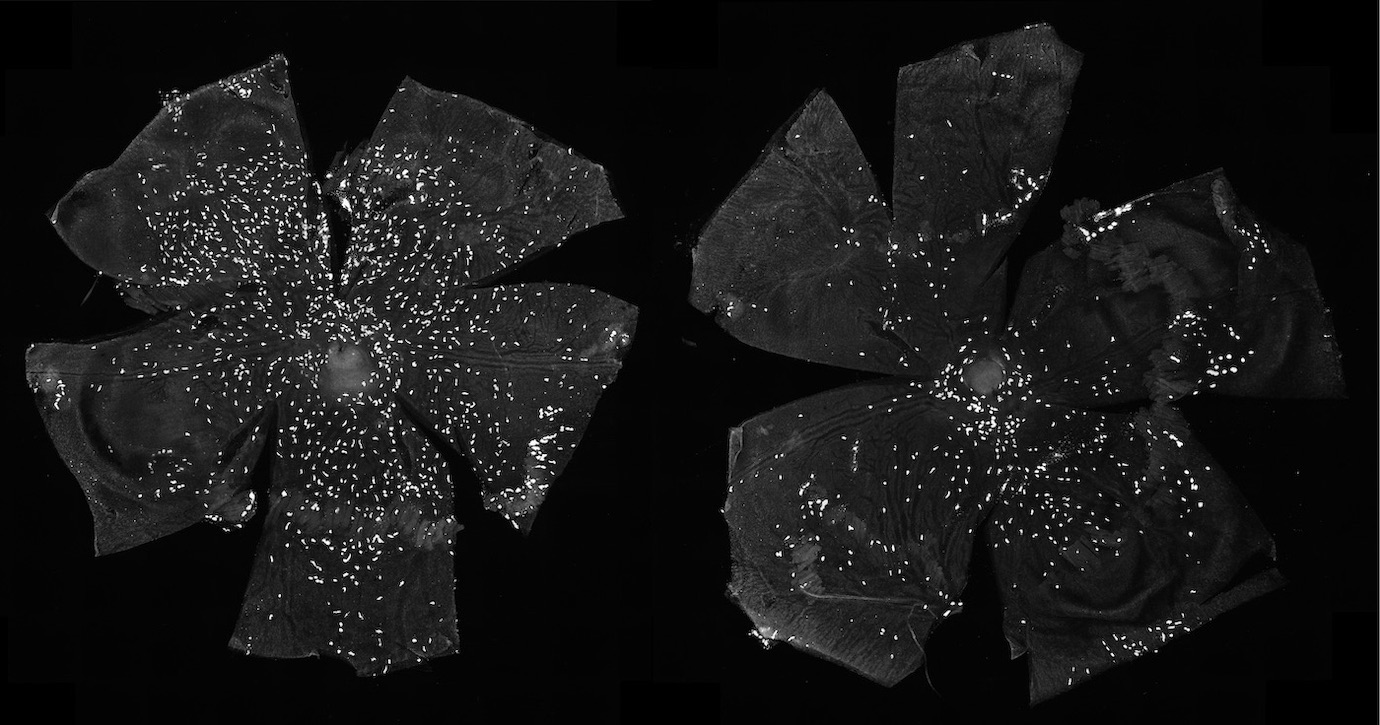Journal of Experimental Medicine:CNIC scientists identify an immunological regulatory circuit that may play a central role in ocular diseases
Scientists at the CNIC and Weill Cornell Medicine have identified an inflammatory regulatory circuit controlled by a subtype of endothelial cells in the eye
Researchers at the Centro Nacional de Investigaciones Cardiovasculares (CNIC), working with an international network of scientists, have identified an inflammatory regulatory circuit in the eye controlled by a subtype of endothelial cells, the cells that line the interior of blood vessels. The discovery was made by analyzing gene expression in 8000 cells of the choroid--the vascular layer at the rear of the eye between the retina and the sclera. The results, published today in the Journal of Experimental Medicine, open new perspectives on the study and treatment of retinal vascular diseases and inflammatory disorders that affect the choroid.
In the retina, photoreceptors capture the light energy entering the eye and convert it into electrical pulses that give rise to visual perception, explained Ignacio Benedicto, CNIC researcher and study coordinator. "The activitiy and survival of photoreceptors depends on the choroid. The blood vessels that irrigate the choroid are essential for correct retina function because they provide oxygen and nutrients to the photoreceptors and remove waste products."
Enrique Rodríguez-Boulan, investigator at Weill Cornell Medicine and study codirector, said: "Failure of choroid function is associated with the development of ocular diseases such as age-related macular degeneration (called AMD), which causes blindness and affects 8.7% of the world population and 25% of people older than 80 years". In Spain alone, there are an estimated 700,000 people with AMD, and this blindness-linked disease is set to become increasingly common in the future due to progressive population aging.
Unfortunately, the most frequent form of AMD is incurable, and little is known about what causes the disease. This is in part due to the limited state of knowledge about the cell components of the choroid and the mechanisms of molecular communication between them.
The study published in the Journal of Experimental Medicine provides valuable information about how the endothelial cells in the choroid may regulate the development of inflammatory and vascular diseases in the retina.
The authors analyzed the choroid of adult mice using the 'single cell RNAseq' technique, which allows analysis of gene expression simultaneously in thousands of individual cells.
This analysis revealed that the choroid contains at least three types of endothelial cells. "One subtype is located specifically in the vessels closest to the retina and expresses the gene Indian Hedgehog at levels 300 times higher than are observed in endothelial cells from other organs," said Benedicto.
Indian Hedgehog encodes a protein called IHH, which is secreted to the cell exterior. The research team therefore wanted to identify the cells that respond to this endothelial signal. First author Guillermo Lehmann, currently an investigator at Regeneron Pharmaceuticals, explained: "Thanks to the use of transgenic mice, we were able to show that IHH acts on a population of pluripotent perivascular cells whose existence in the choroid was undocumented until now. In response to IHH, these cells regulate the numbers of a type of immune cells called mast cells in the choroid."
The team also found that when they eliminated the expression of IHH in the endothelium, choroidal macrophages reduced the expression of the anti-inflammatory marker CD206. Retinal damage in these mice provoked an exacerbated inflammatory response and a more pronounced vision loss than seen in similarly treated control animals.
The results open new perspectives on the study and treatment of retinal vascular diseases and inflammatory conditions affecting the choroid.











